Using Lawn Substitutes For Your Yard
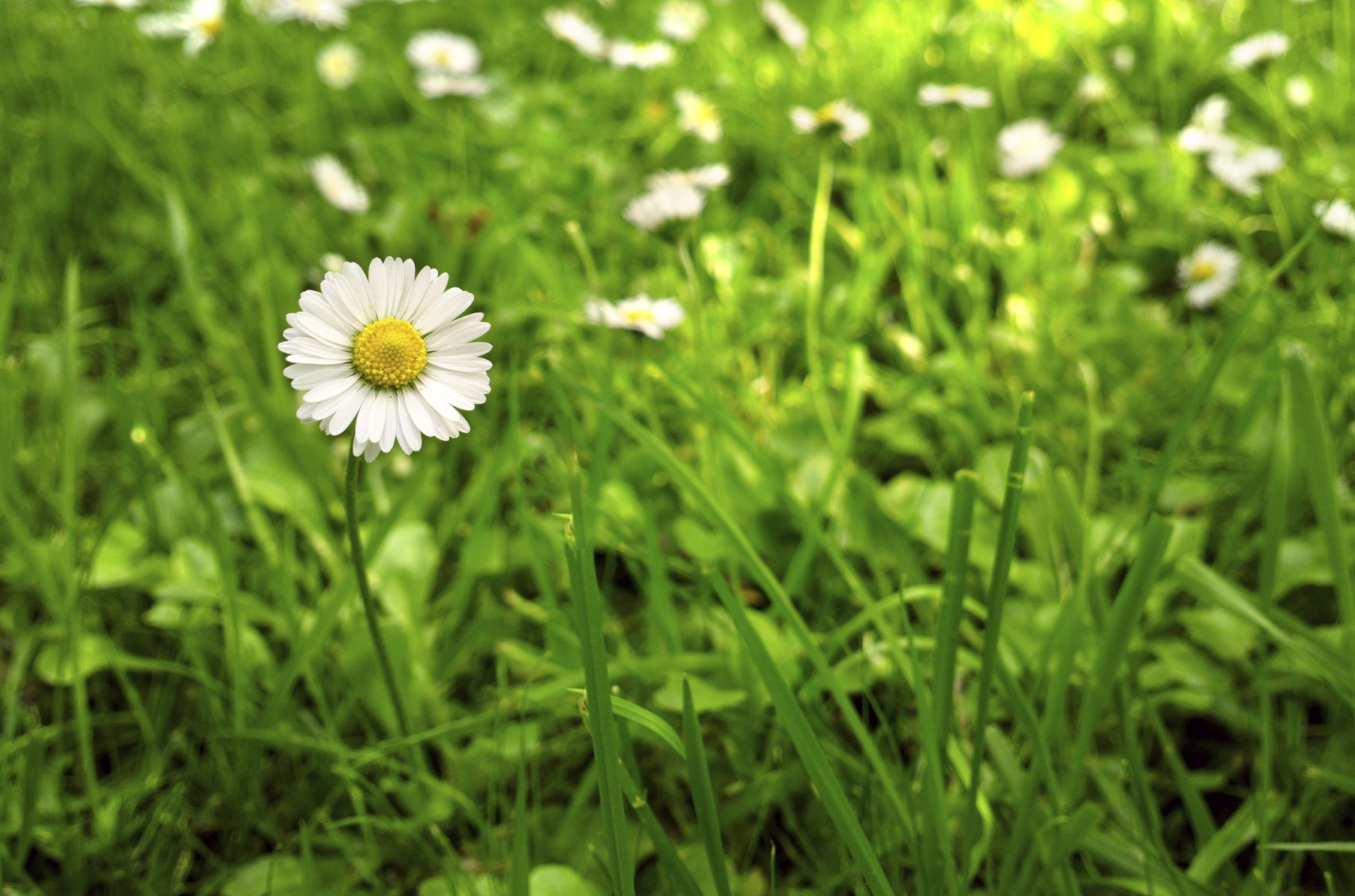

These days there's a lot of controversy surrounding using grass in your lawn, especially in areas where water is restricted. Grass can also cause problems for busy or older people who may not have the time or the desire to maintain a lawn that needs to be cut and watered frequently. Or maybe you just want to be more environmentally responsible. Whatever your reasons are for wanting to replace your lawn's grass with something else, you have many options when looking at lawn substitutes.
Using Chamomile for the Lawn
One option is to replace your grass with chamomile. Chamomile is an aromatic herb that is quite pretty to look at. Chamomile has feathery leaves and during the summer it has a white and daisy-like flower. For centuries, Chamomile has been used all around the world as a ground cover. It can take a medium amount of wear and when you walk on the chamomile it releases a lovely smell. Chamomile is best used in lawns that are not high-traffic areas.
Using Thyme for the Lawn
Another choice is thyme. Thyme is another aromatic herb. If you would like to use thyme as a lawn substitute, you'll need to make sure that you choose the correct kind of thyme. The kind of thyme that you normally use to cook with will grow too tall to be used as a lawn substitute. You'll need to choose either creeping thyme or woolly thyme. Both of these thymes are low-growing and work best as lawn substitutes. Thyme will also release in a nice scent when it is walk on. Thyme is a medium wear ground cover. Thyme should not be used for high-traffic lawn areas.
Using White Clover for the Lawn
Another option for a lawn substitute is white clover. Many grass fans consider white clover a weed but, in fact, white clover makes a great lawn substitute. White clover can hold up to high traffic better than many other ground covers and is low-growing. It makes a good lawn substitute for areas like children's play areas and high traffic walkways. That being said, in areas like these, you may want to be mindful of the blooms, which attract pollinating bees. Additionally, while it can handle foot traffic fairly well, mixing the white clover in with grass will provide even more stability. It also will grow in many places where you may have trouble growing grass. Not to mention your children will spend hours hunting through your lawn for the elusive four-leaf clover.
Creating a Nonliving Lawn
Another option for a lawn substitute is a nonliving lawn substitute. Some people are beginning to use either pea gravel or recycled tumbled glass. Both of these options are considerably more expensive but once the initial investment is made, your lawn becomes relatively maintenance-free. There are no further expenses related to watering, mowing, or fertilizing the lawn. The long-term cost savings of using a nonliving lawn substitute will eventually make up for your initial investment.
Benefits to Using Lawn Substitutes
Using a lawn substitute is more environmentally friendly. Lawn substitutes typically require less water. Lawn substitutes also need little or no mowing which reduces the number of greenhouse gases that are released into the air. If you live in an area that requires you to restrict your water usage or an area that has frequent ozone alerts, a lawn substitute may be your best option. You should not feel pressured into going with the typical grass lawn. The fact of the matter is a "typical" grass lawn may not be the best option for where you live or your lifestyle. A lawn substitute may really be the best choice for your yard.
Gardening tips, videos, info and more delivered right to your inbox!
Sign up for the Gardening Know How newsletter today and receive a free copy of our e-book "How to Grow Delicious Tomatoes".

Heather Rhoades founded Gardening Know How in 2007. She holds degrees from Cleveland State University and Northern Kentucky University. She is an avid gardener with a passion for community, and is a recipient of the Master Gardeners of Ohio Lifetime Achievement Award.
-
 12 Lush Alternatives To A Lawn For Sustainable Spaces
12 Lush Alternatives To A Lawn For Sustainable SpacesAlternatives to a lawn are beautiful and also beneficial to your local ecosystem and its pollinators. Explore our top picks for plants to replace grass.
By Tonya Barnett
-
 Types Of Tomatoes Explained: Explore The Many Wonderful Shapes, Colors, Flavors, & Best Uses
Types Of Tomatoes Explained: Explore The Many Wonderful Shapes, Colors, Flavors, & Best UsesThe world of tomato varieties is vast and fascinating. Learn about the key types to grow in your garden, tailored to your preferences and space.
By Amy Grant
-
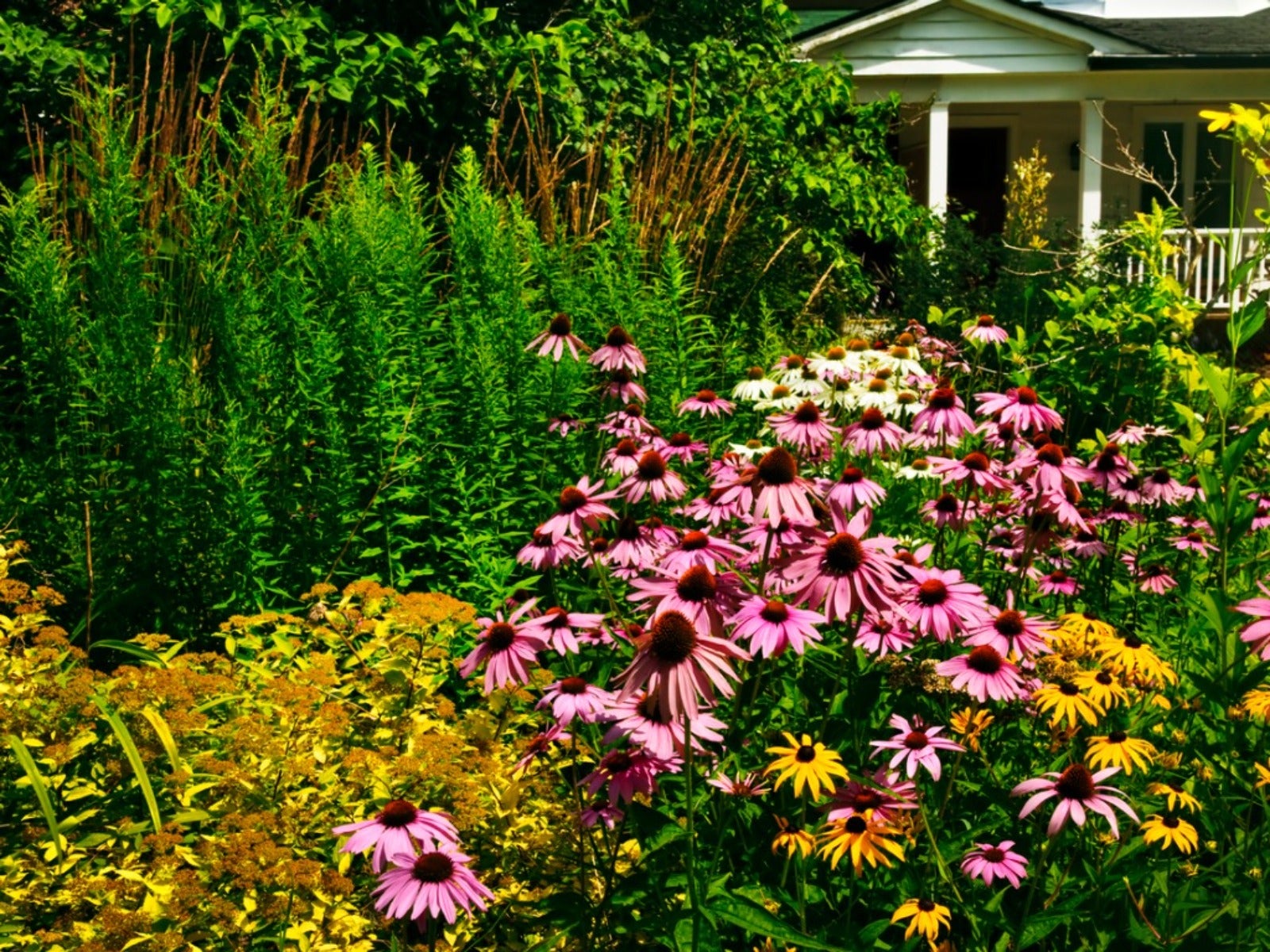 Why You Should Ditch The Grass And Grow A Prairie Lawn
Why You Should Ditch The Grass And Grow A Prairie LawnLearn why a prairie yard with native grasses is far more earth-friendly than a standard tuf-grass lawn.
By Mary Ellen Ellis
-
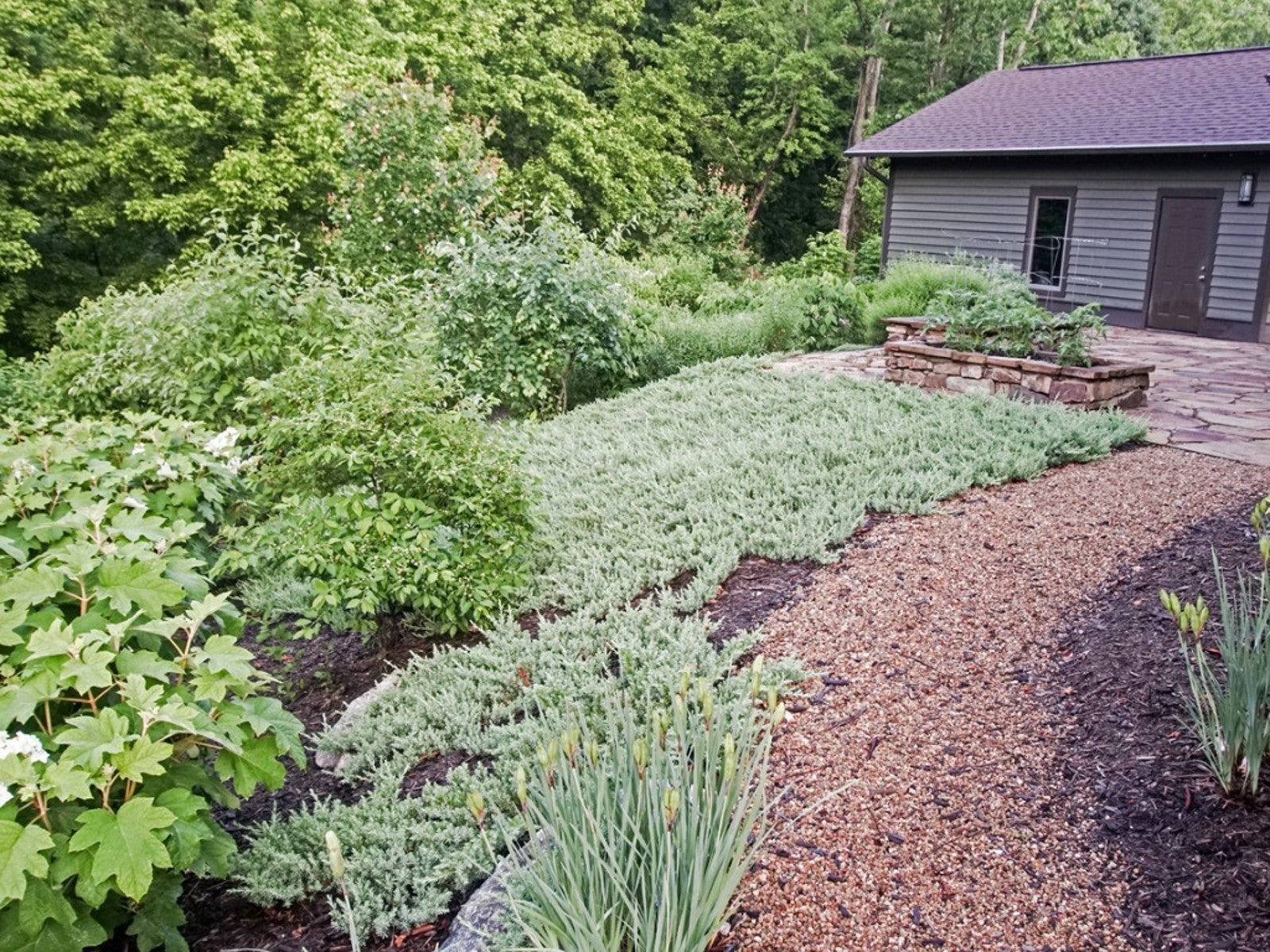 Grass Alternatives For Shade: Lawn Substitutes For Shade Yards
Grass Alternatives For Shade: Lawn Substitutes For Shade YardsMany people know the struggle of trying to grow grass in a shady yard. If you're one of these people, consider a shady lawn alternative.
By Mary Ellen Ellis
-
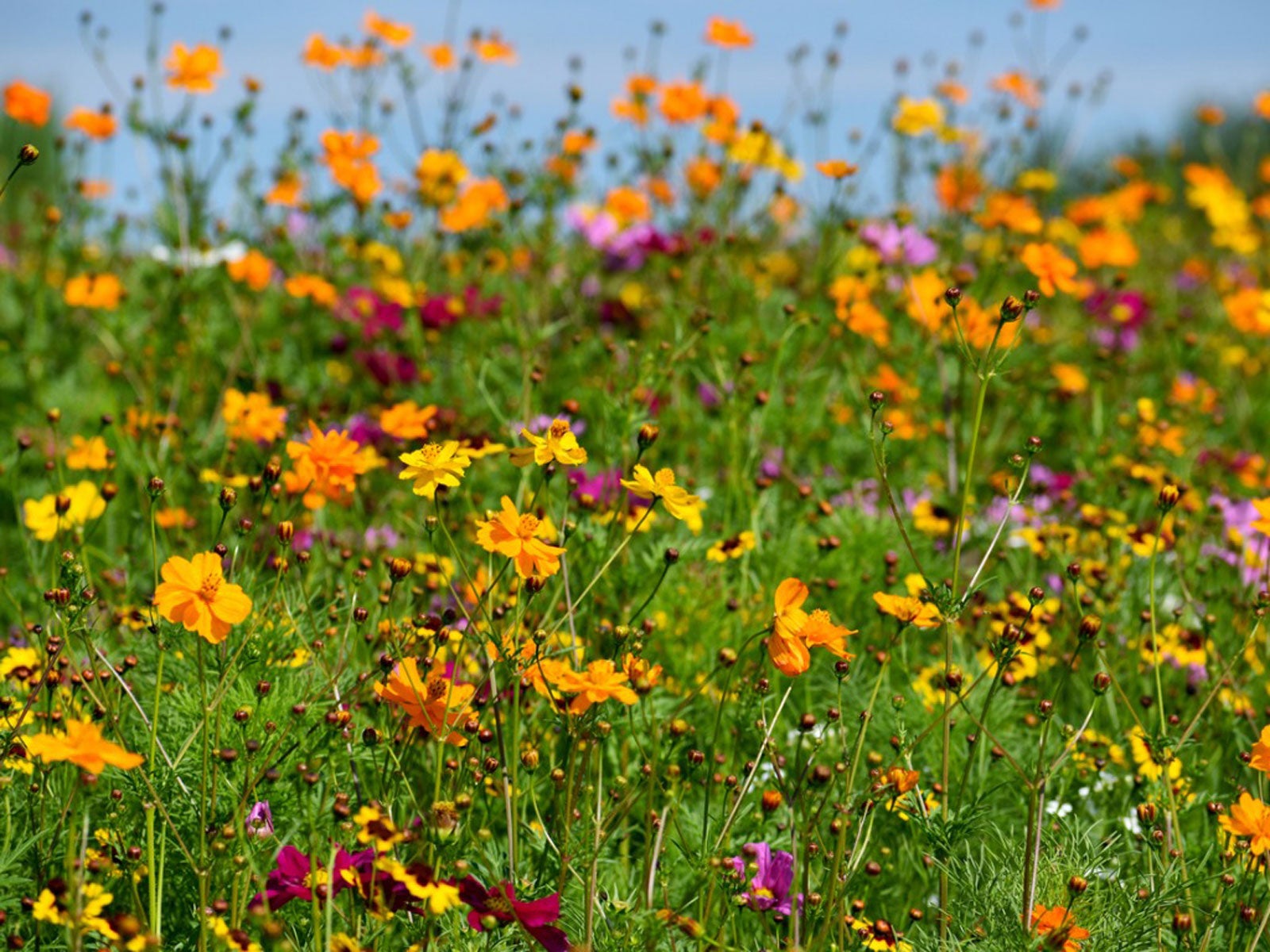 Wildlife Garden Turf: Creating Mini Meadows For Wildlife
Wildlife Garden Turf: Creating Mini Meadows For WildlifeThe appeal of a perfect, green lawn is strong, but more people are turning to wildlife-friendly alternatives. A wildflower meadow lawn is one option.
By Mary Ellen Ellis
-
 What Is Naturescaping – Tips For Planting A Native Lawn
What Is Naturescaping – Tips For Planting A Native LawnGrowing native plants instead of lawns can be better for the local environment and, ultimately, requires less maintenance, but it does require a big initial effort. A lot of work goes into removing existing turf and naturescaping an entirely new landscape. Learn more here.
By Mary Ellen Ellis
-
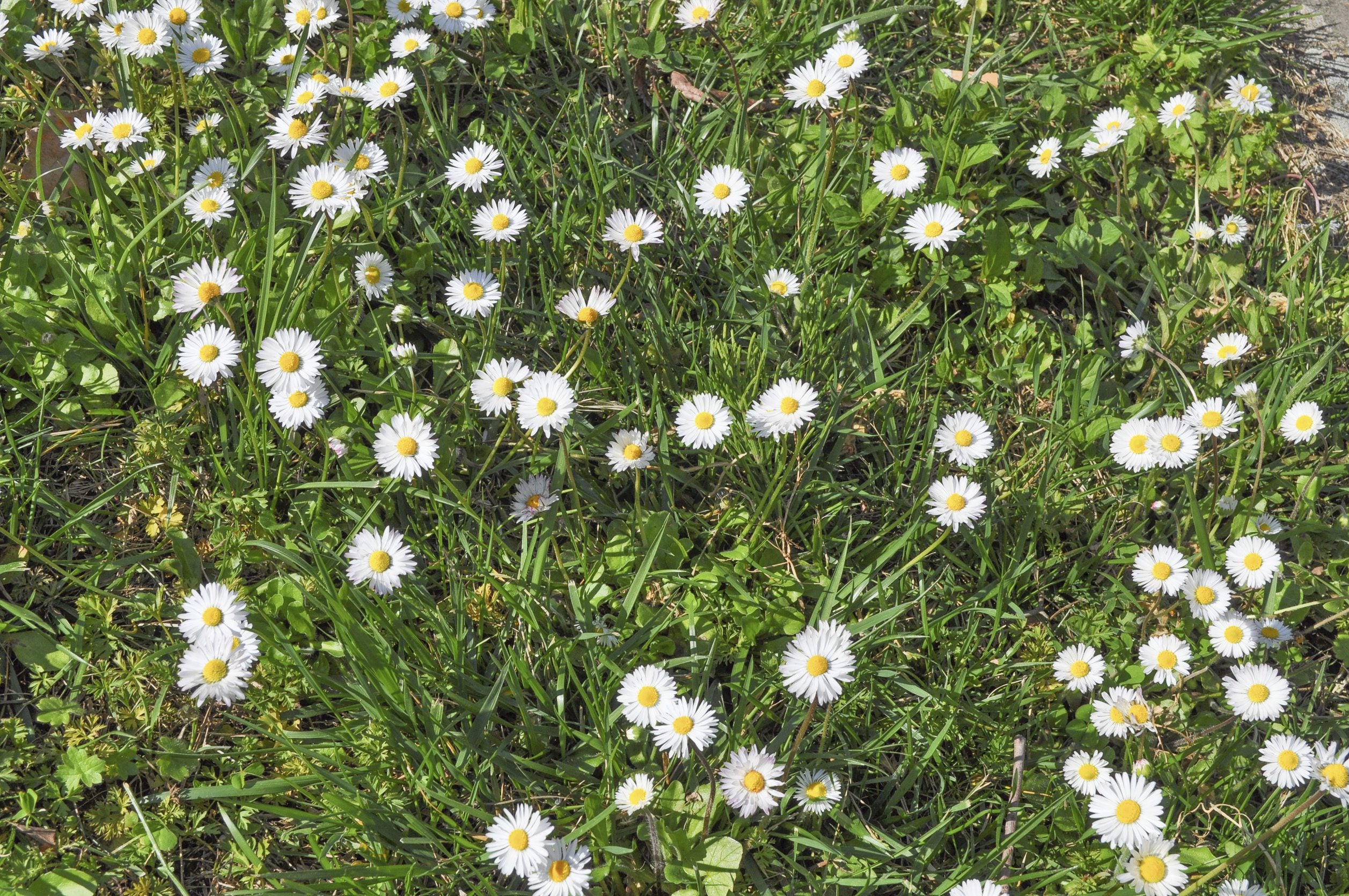 Wildflower Lawns: Tips On Growing Flowering Lawns
Wildflower Lawns: Tips On Growing Flowering LawnsMany people are looking for lawn alternatives to reduce watering, fertilizing, and mowing. Wildflower lawns are one option. This article has more information.
By Teo Spengler
-
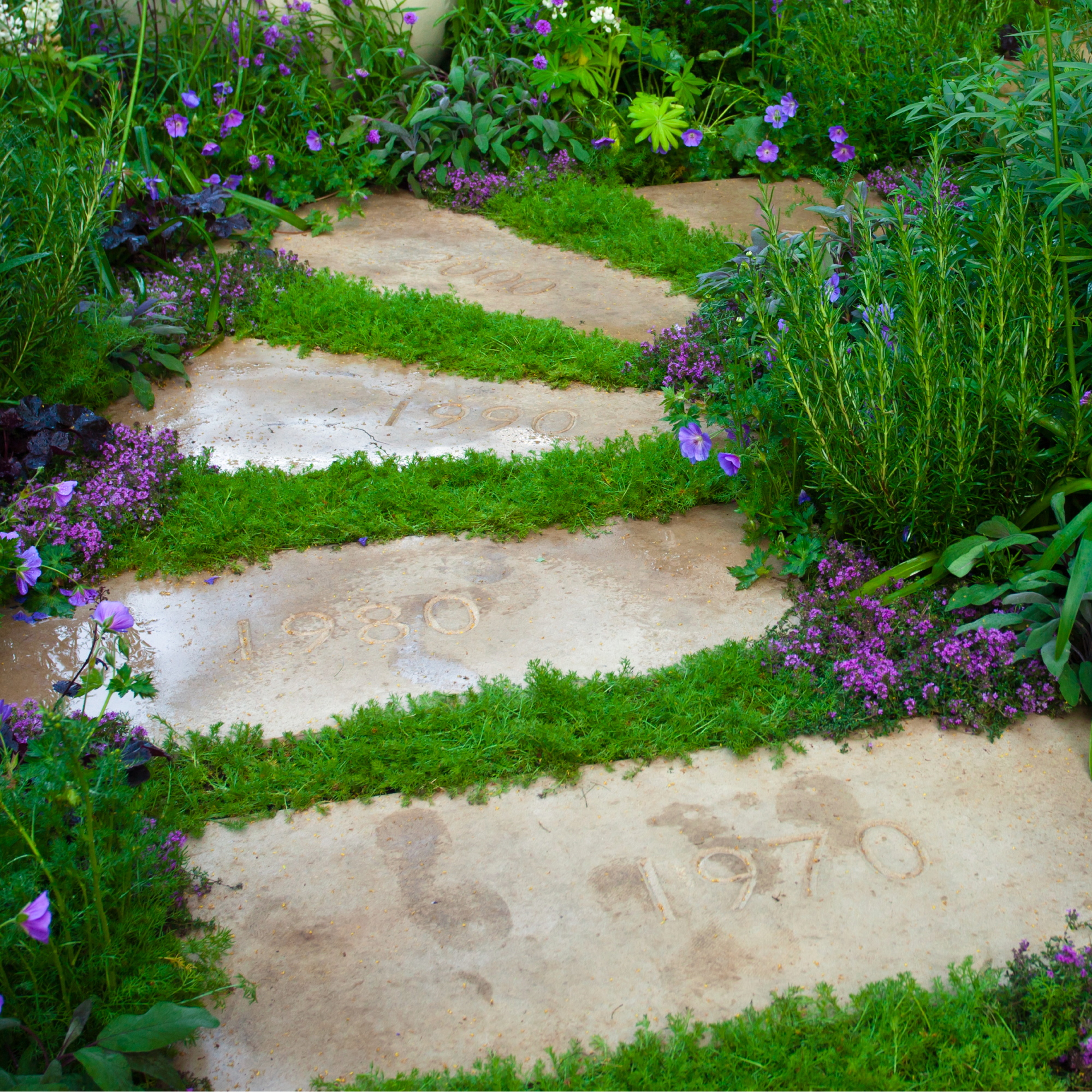 Best Steppable Plants: Learn About Plants That Can Be Walked On
Best Steppable Plants: Learn About Plants That Can Be Walked OnWhat are walkable plants? They're plants that can safely be walked on. Walkable plants are often used as lawn replacements because they are tough, drought-tolerant, and require very little maintenance. Learn more about them in this article.
By Mary H. Dyer
-
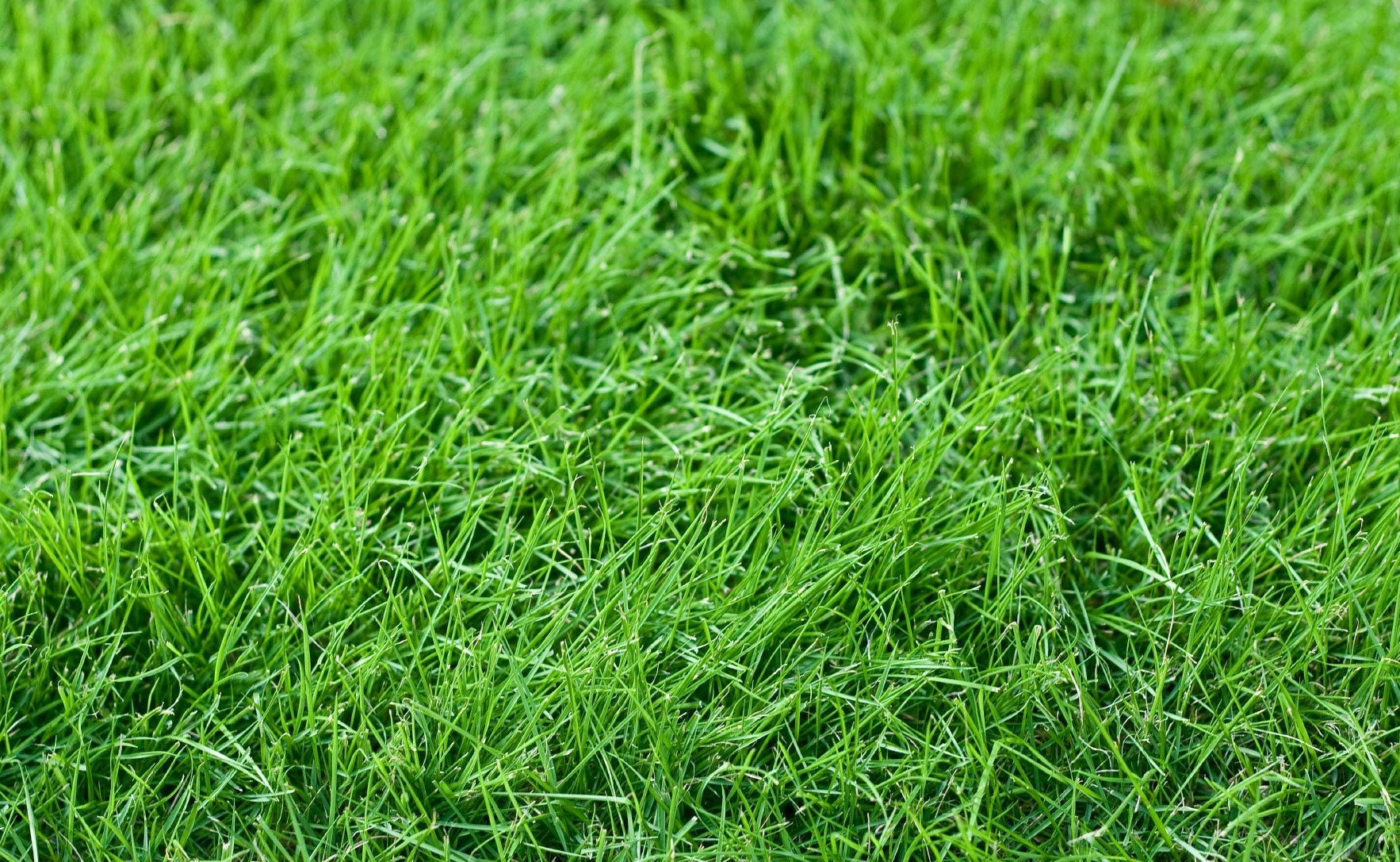 What Is A No-Mow Lawn: Tips For Creating A No-Mow Lawn
What Is A No-Mow Lawn: Tips For Creating A No-Mow LawnOne of the chores that the homeowner must do is mow the lawn. This tedious task helps form a healthy and beautiful turf but is time consuming. A perfect solution is a no mow lawn. What is a no mow lawn? Find out in this article.
By Bonnie L. Grant
-
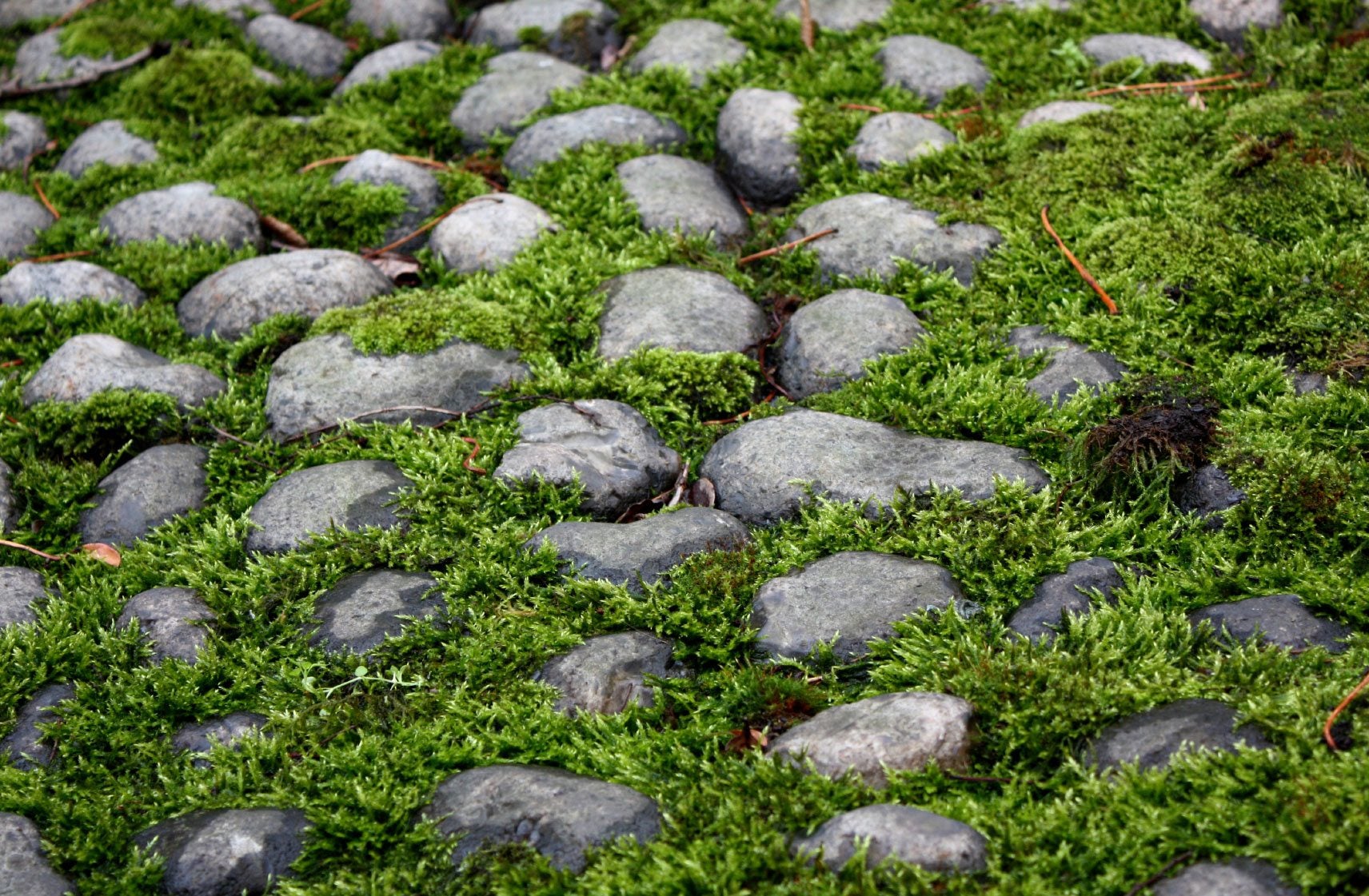 Alternatives To Grass: Learn About Lawn Alternatives In Cold Climates
Alternatives To Grass: Learn About Lawn Alternatives In Cold ClimatesGround covers and other lawn alternatives in cold climates are easier to care for and more environmentally friendly than traditional lawns. Read on to find out about cold area grass alternatives that are easy on your budget and your time.
By Jackie Carroll